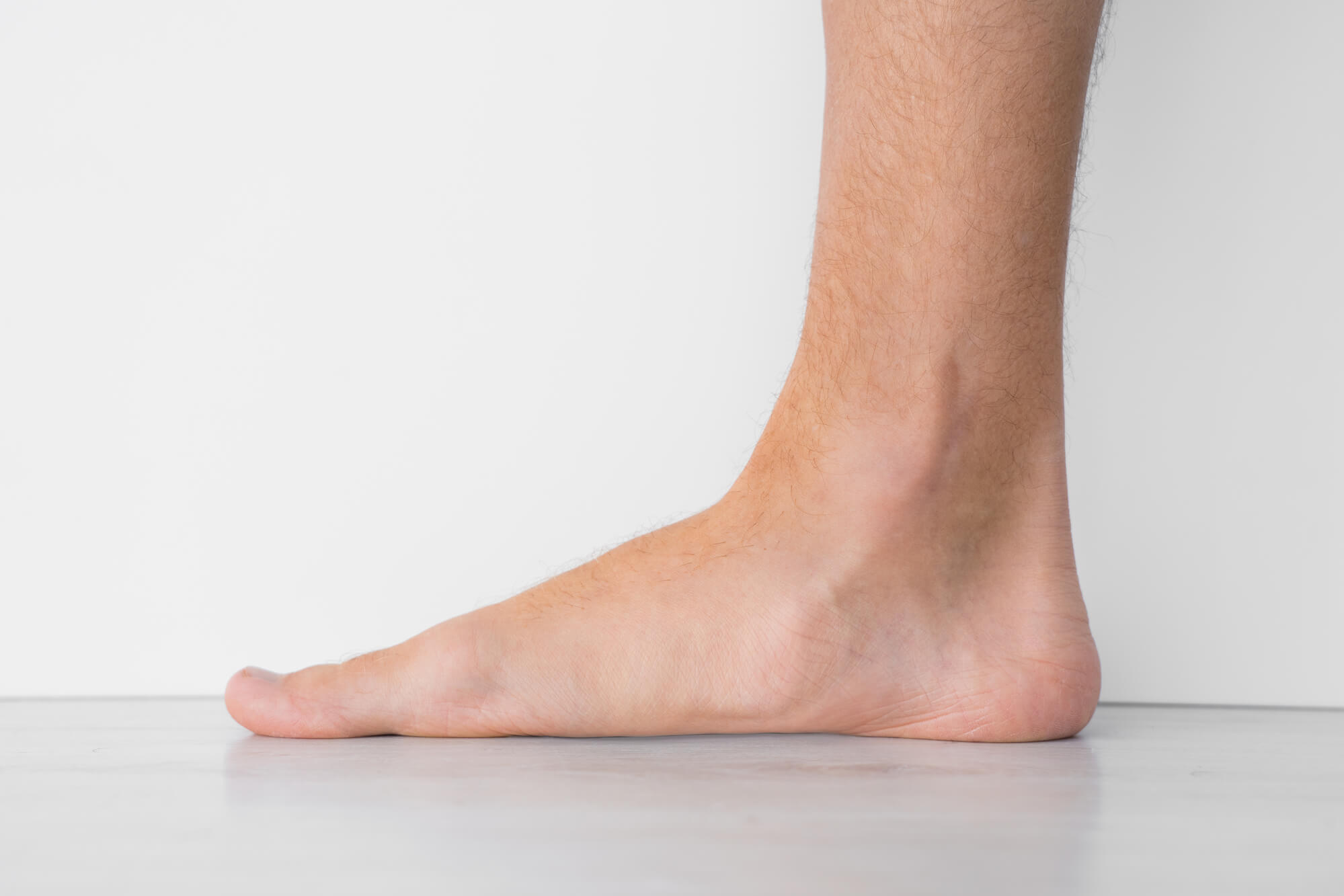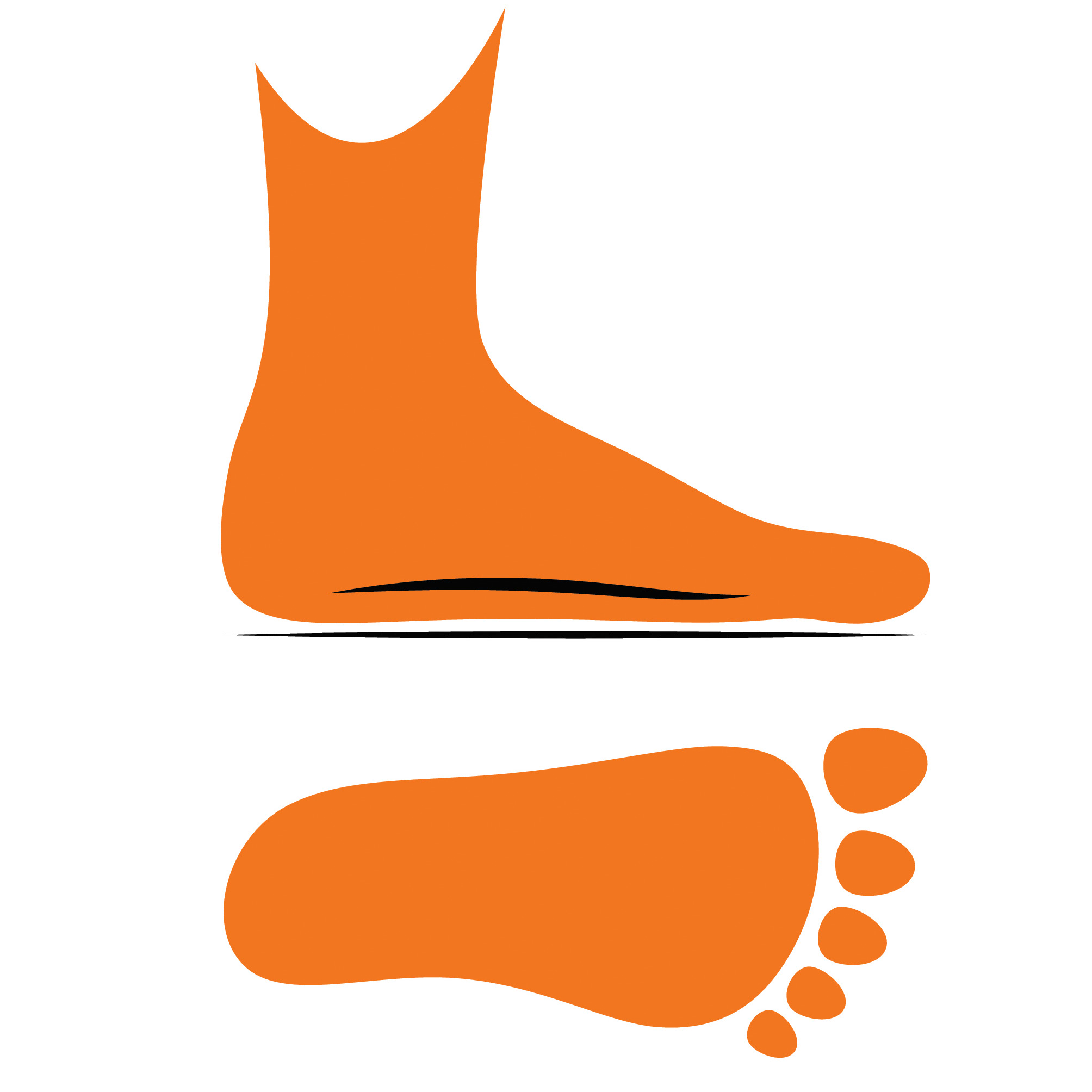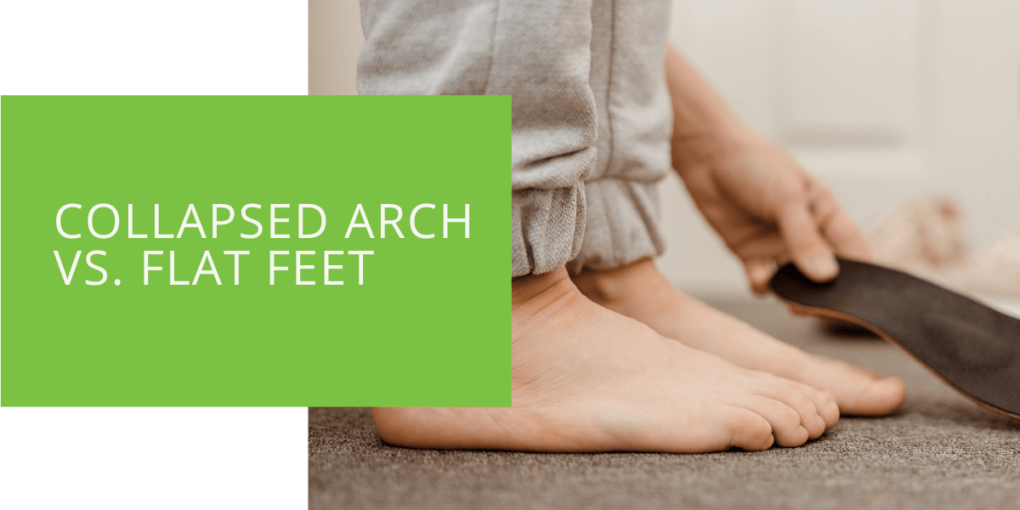Collapsed Arch vs. Flat Feet
If you're experiencing foot pain or discomfort, it could be due to a problem with your arch or flat feet. These conditions can cause a range of symptoms, from foot and ankle pain to inflammation and gait changes. Understanding the difference between collapsed arch and flat feet is crucial for proper treatment, including custom orthotics, physical therapy, and rest. In this article, we'll explore the causes, symptoms, diagnosis, and treatment of each condition and provide tips for preventing future foot problems.
Collapsed Arch
A collapsed arch, also known as a fallen arch or flatfoot, is a condition where the arch collapses, causing the entire foot to flatten. This condition is often caused by injury, overuse, or arthritis, resulting in inflammation and pain in the arch and heel.
Symptoms of a collapsed arch may include pain in the arch, heel, or ankle, swelling, and a change in gait. Treatment options may include custom orthotics, physical therapy, and rest.
Flat Feet
On the other hand, flat feet are characterized by a lack of arch in the foot. Flat feet may be present at birth or develop over time, and they can be caused by genetics or injury. Symptoms of flat feet may include pain in the foot, ankle, or lower leg, especially during physical activity.
Treatment options for flat feet may include exercises to strengthen the arch and foot muscles, custom orthotics, and physical therapy.

Differences Between Collapsed Arch and Flat Feet
Collapsed arch and flat feet are often used interchangeably to describe a lack of arch in the foot. However, there are some key differences between the two conditions.
Collapsed arch, also known as a fallen arch or flatfoot, occurs when the arch collapses, causing the entire foot to flatten. This condition is often caused by injury, overuse, or arthritis, resulting in inflammation and pain in the arch and heel. Symptoms may include pain in the arch, heel, or ankle, swelling, and a change in gait.
Flat feet, on the other hand, are characterized by a lack of arch in the foot from birth or as a result of a tendon or ligament problem. Symptoms of flat feet may include pain in the foot, ankle, or lower leg, especially during physical activity.
While both conditions can cause foot pain and discomfort, the underlying causes and symptoms differ. It's important to seek medical attention from a podiatrist or other qualified healthcare professional to diagnose the condition accurately and receive proper treatment. This may include custom orthotics, physical therapy, and rest. In more severe cases, surgery may be required to correct the problem.
Understanding the differences between a collapsed arch and flat feet is crucial for proper diagnosis and treatment. If you're experiencing foot pain or suspect a problem with your arch or flat feet, seek medical attention promptly to prevent further injury and ensure optimal foot health.

Diagnosis and Treatment
If you're experiencing foot pain or discomfort, seeking medical attention from a podiatrist or other qualified healthcare professional is important for an accurate diagnosis.
Diagnosis
A podiatrist will typically start with a physical examination of your feet, looking for signs of pain, swelling, or changes in your gait. They may also take an x-ray to determine if any bone abnormalities or other underlying issues are causing your foot pain.
In some cases, a podiatrist may also perform additional tests, such as a CT scan or MRI, to further evaluate the condition of your foot.
Treatment
Once your podiatrist has diagnosed your condition, they will develop a personalized treatment plan based on your needs and symptoms.
Collapsed Arch Treatment
Treatment options for collapsed arch may include:
- Custom orthotics: Custom orthotics can provide arch support and help alleviate pain and inflammation in the arch and heel.
- Physical therapy: Physical therapy exercises can help strengthen the foot muscles and improve flexibility to prevent future injury.
- Rest: Resting the foot and avoiding high-impact activities can help alleviate pain and inflammation in the affected area.
Flat Feet Treatment
Treatment options for flat feet may include:
- Custom orthotics: Custom orthotics can provide arch support and help alleviate pain and discomfort associated with flat feet.
- Physical therapy: Physical therapy exercises can help strengthen the foot muscles and improve flexibility to prevent future injury.
- Rest: Resting the foot and avoiding high-impact activities can help alleviate pain and inflammation in the affected area.
- Stretching: Stretching exercises can help improve flexibility in the calf and foot muscles, alleviating pain and improving function.
In more severe cases, surgery may be required to correct the problem. However, surgery is usually only recommended after exhausted non-invasive treatment options.
Overall, the key to effective treatment is early diagnosis and prompt intervention. You can avoid further injury and achieve optimal foot health by seeking medical attention as soon as you notice symptoms.
Conclusion
Collapsed arches and flat feet are common conditions that can cause foot pain and discomfort. Understanding the difference between the two allows you to seek proper treatment for optimal foot health. If you're experiencing foot pain or suspect a problem with your arch or flat feet, seek medical attention from a qualified healthcare professional to ensure a proper diagnosis and treatment plan.

